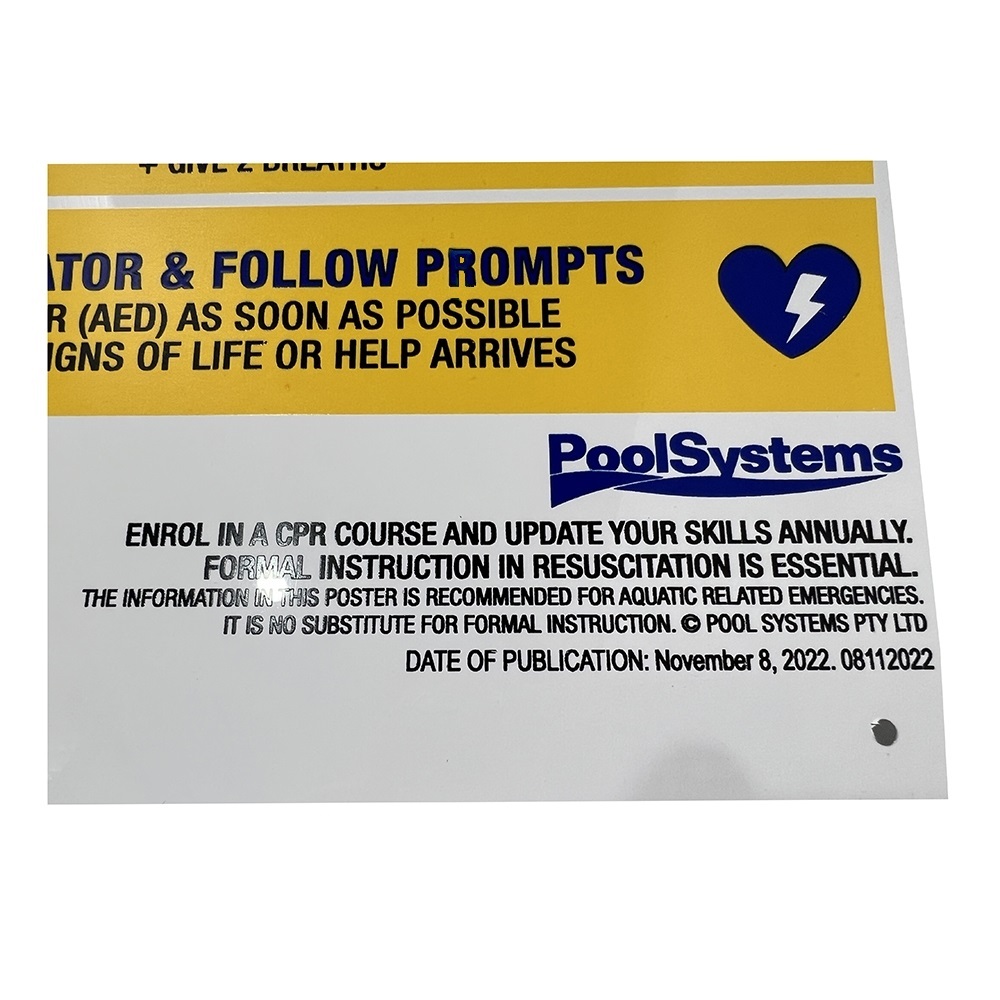
Covid-19 infections among health care workers reduce a hospital’s capacity to care for current and future patients. Although data on patients with Covid-19 remain limited, initiating CPR in these patients may appear problematic to some clinicians if the best-case outcome is returning the patient to active clinical deterioration.Ĭode-team members also face risks related to aerosolized transmission of coronavirus, 2 particularly during intubation. 1 Involvement of less experienced code-team members during times of staffing shortages and delays associated with donning personal protective equipment (PPE) may further reduce the likelihood of success.


Excluding patients in specific settings such as cardiac catheterization labs, where arrhythmic arrests are rapidly reversible, only about 25% of patients who have an in-hospital cardiac arrest survive to hospital discharge. If these resources are not available, there may be little role for resuscitation.ĬPR for in-hospital arrest has limited effectiveness.

Under crisis conditions, however, the hospital may have no available ICU beds or ventilators. In cases of cardiopulmonary arrest occurring outside intensive care units (ICUs), successful resuscitation typically requires transfer to an ICU and mechanical ventilation. How does the surge of patients with Covid-19 complicate standard CPR practices, and how can we best design CPR standards for crisis conditions? We examine these issues below, propose an ethical framework, and make specific recommendations for crisis standards for inpatient CPR.ĬPR is resource-intensive and may pose risks to clinicians. Unlike allocation of ventilators, provision of CPR to individual patients cannot be practically adjudicated by a hospital-level triage team. Ad hoc decision making may cause disparities among patient populations in initiation or discontinuation of resuscitation, worsen existing health and structural inequalities, and engender conflicts with and lingering trauma for patients’ loved ones. Without such policies, response teams are left in the untenable position of having to balance their obligations to individual patients, colleagues, future patients, institutions, and themselves. Crisis standards during a major surge in Covid-19 patients challenge typical assumptions regarding resuscitation and default provision of CPR.Ĭlear policies for crisis and contingency standards for CPR are essential. It is assumed that intensive care will be available subsequently and that resuscitation attempts pose no substantial risks to clinicians or other patients. Health care workers are trained to start resuscitation immediately and not wait for more experienced personnel to arrive. Under normal conditions, cardiopulmonary resuscitation (CPR) is provided unless a patient has a do-not-resuscitate (DNR) order that is based on the wishes of the patient or a surrogate. The coronavirus pandemic is forcing clinicians, health care institutions, and public officials to develop crisis standards of care that differ radically from ordinary care for services such as diagnostic testing and mechanical ventilation. The most trusted, influential source of new medical knowledge and clinical best practices in the world.
#Cpr injury 2019 journaly license#
Information and tools for librarians about site license offerings.

Valuable tools for building a rewarding career in health care. The authorized source of trusted medical research and education for the Chinese-language medical community. The most advanced way to teach, practice, and assess clinical reasoning skills. Information, resources, and support needed to approach rotations - and life as a resident. The most effective and engaging way for clinicians to learn, improve their practice, and prepare for board exams. NEW! Peer-reviewed journal featuring in-depth articles to accelerate the transformation of health care delivery.Ĭoncise summaries and expert physician commentary that busy clinicians need to enhance patient care.
#Cpr injury 2019 journaly trial#
NEW! A digital journal for innovative original research and fresh, bold ideas in clinical trial design and clinical decision-making.


 0 kommentar(er)
0 kommentar(er)
